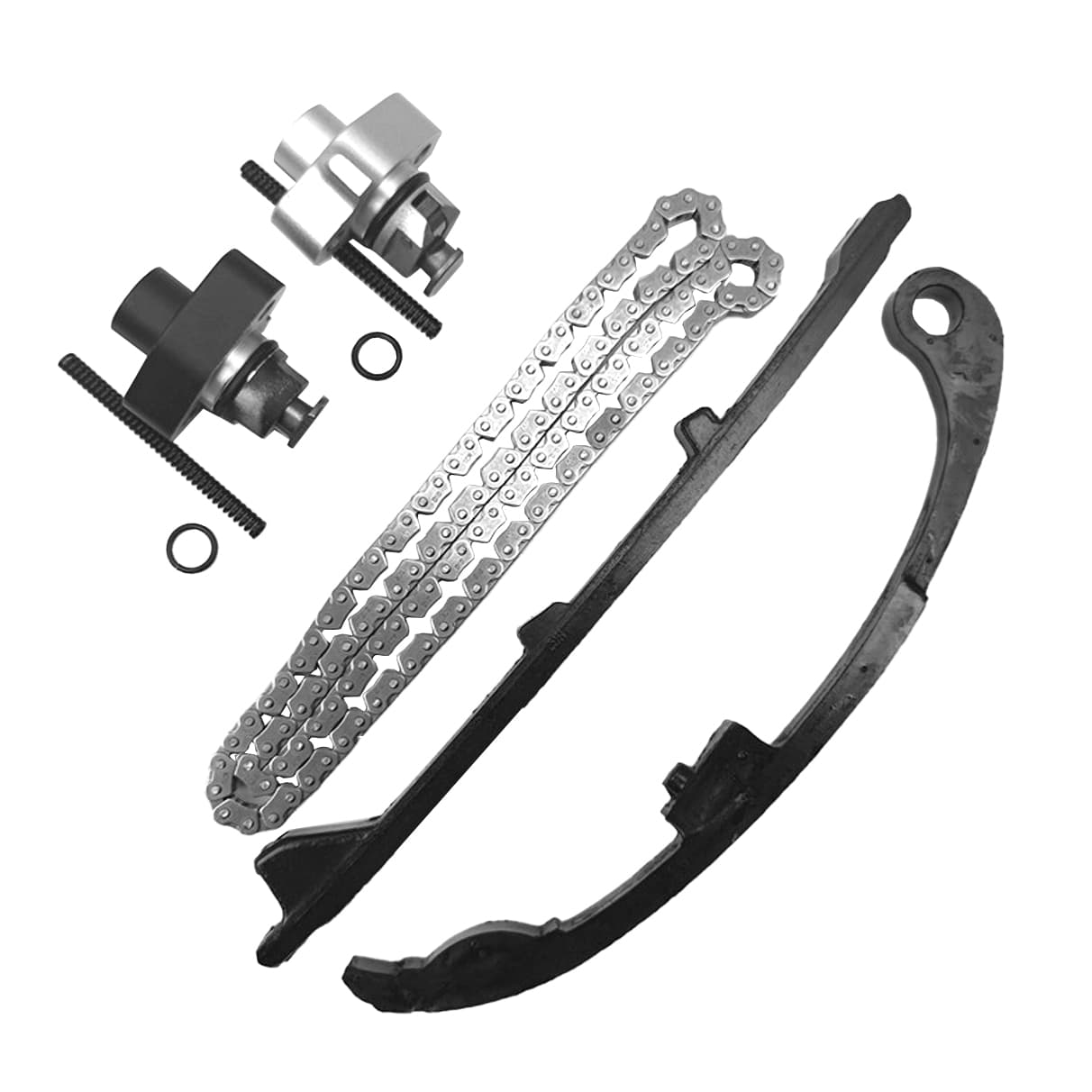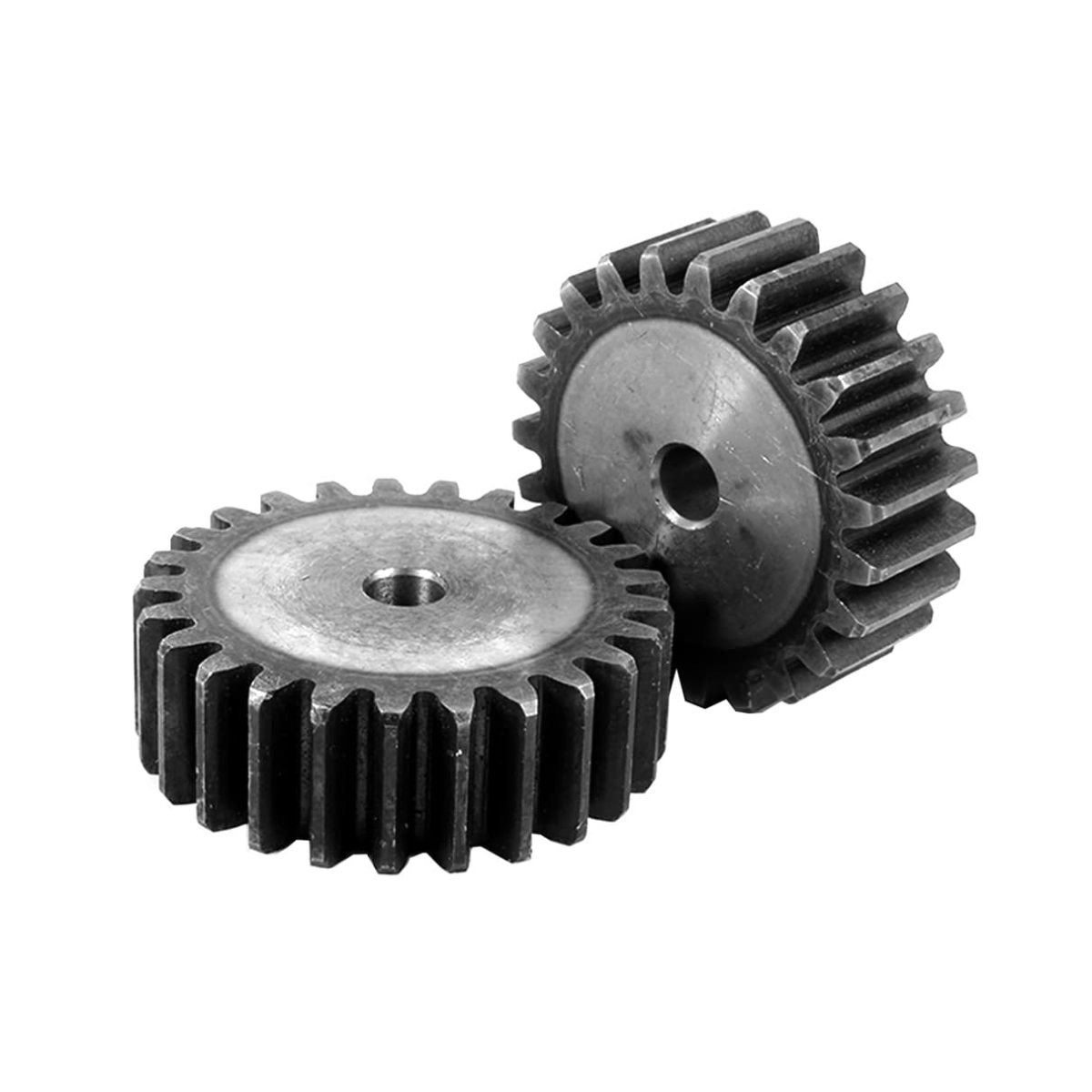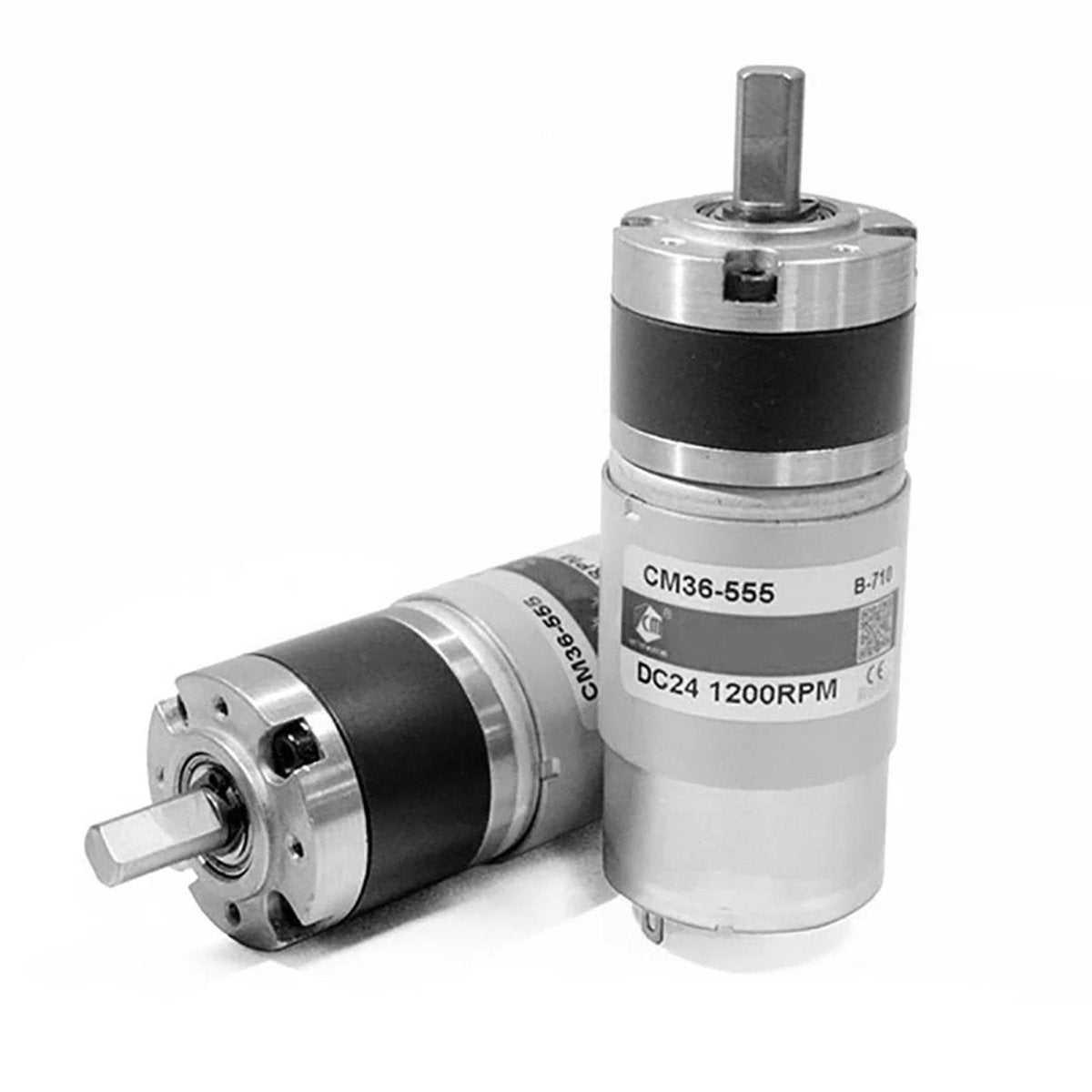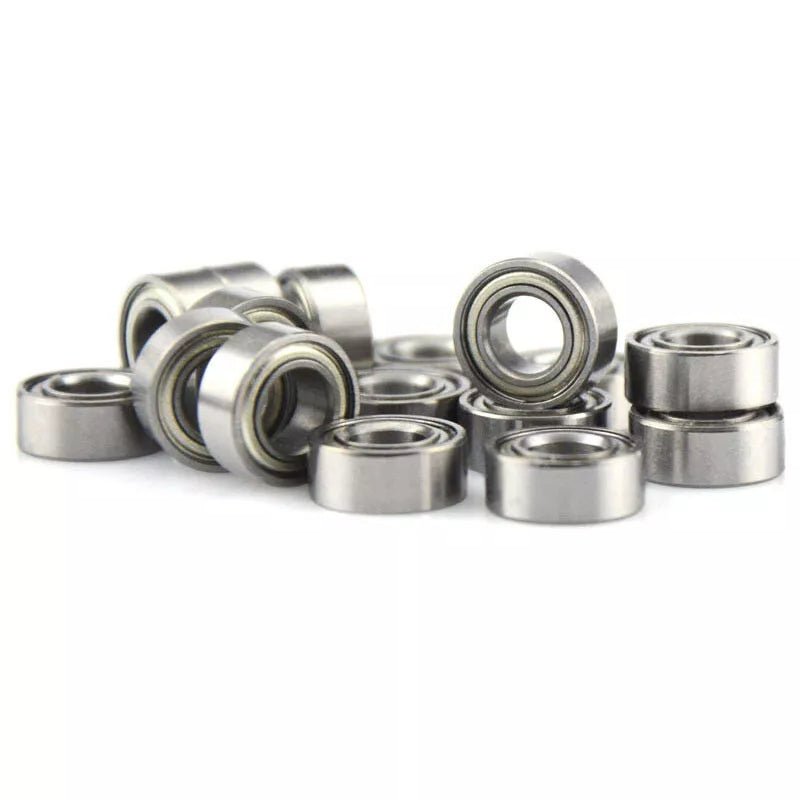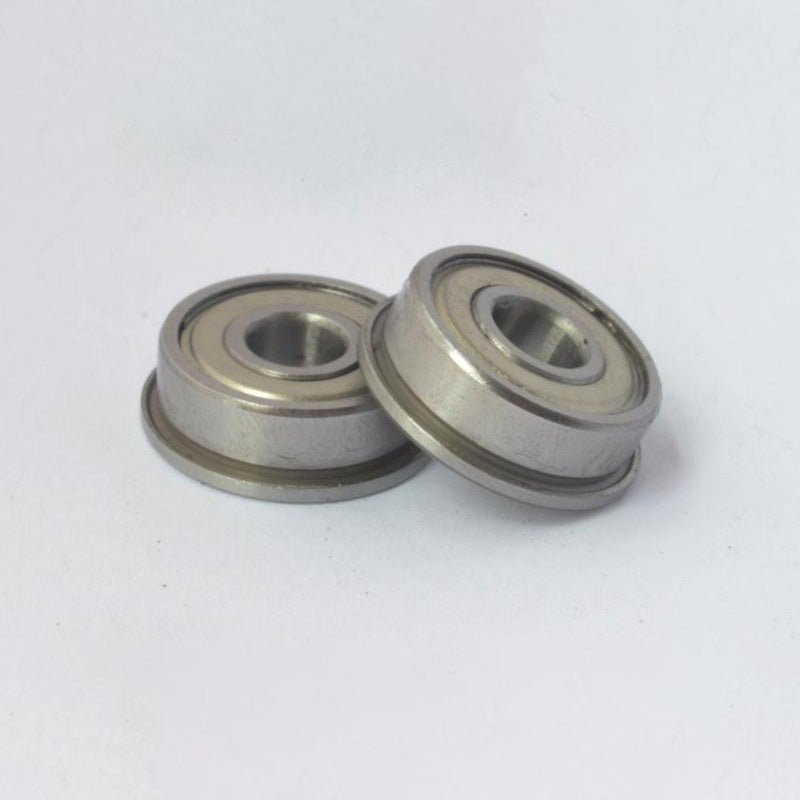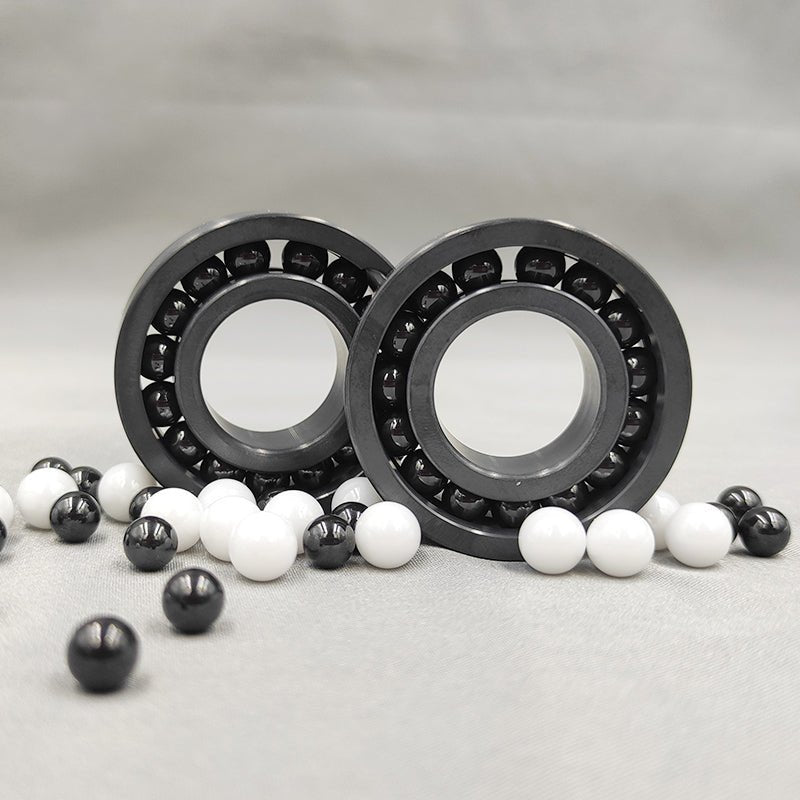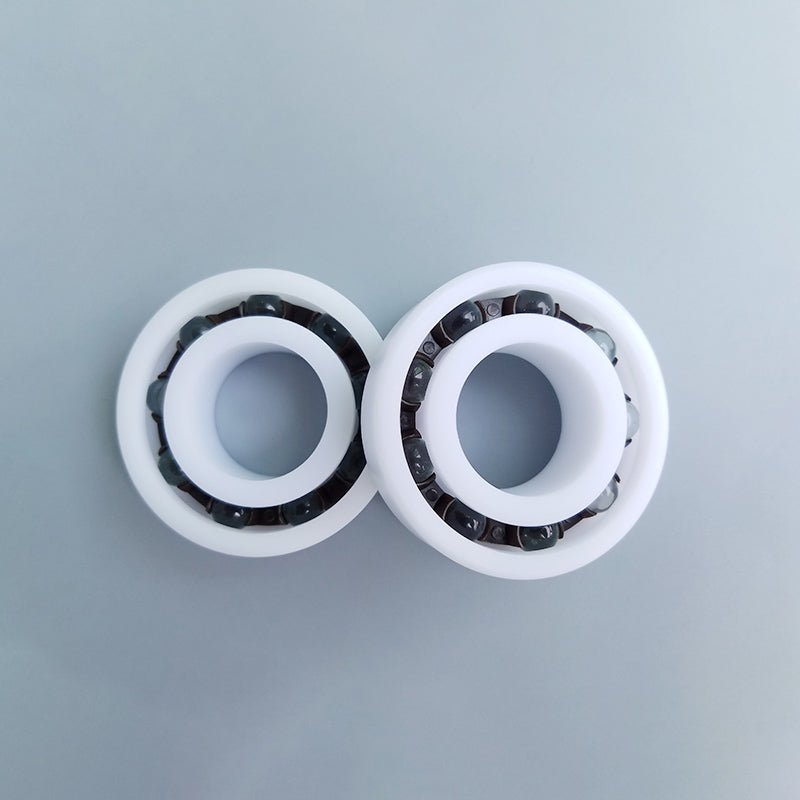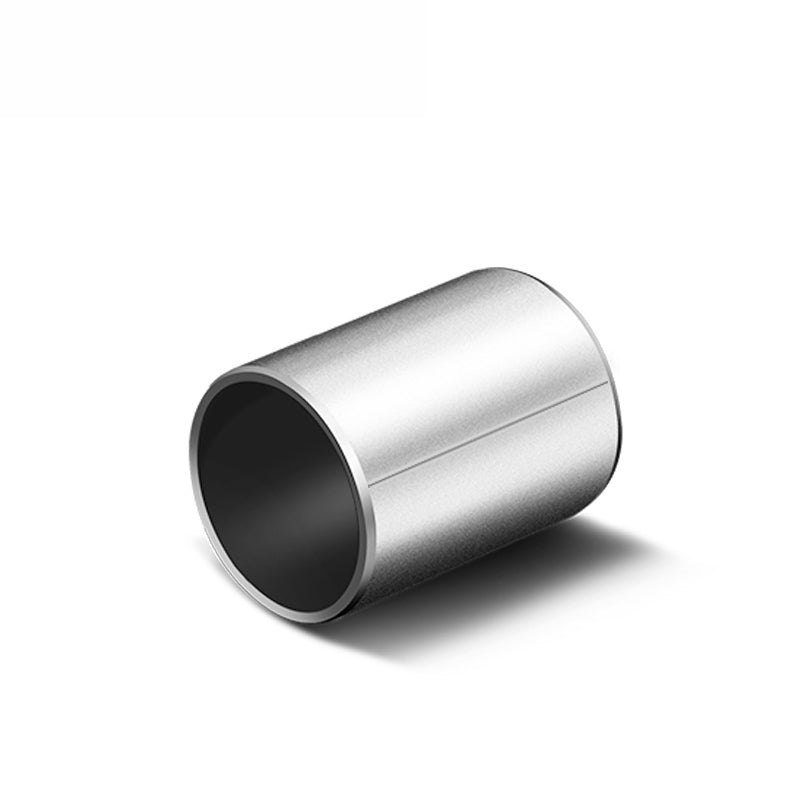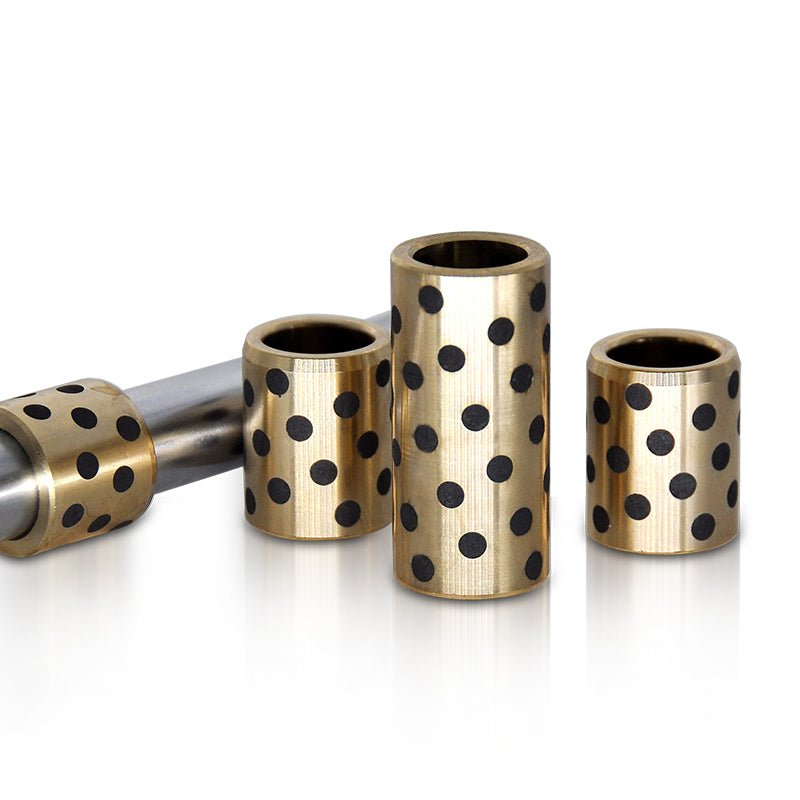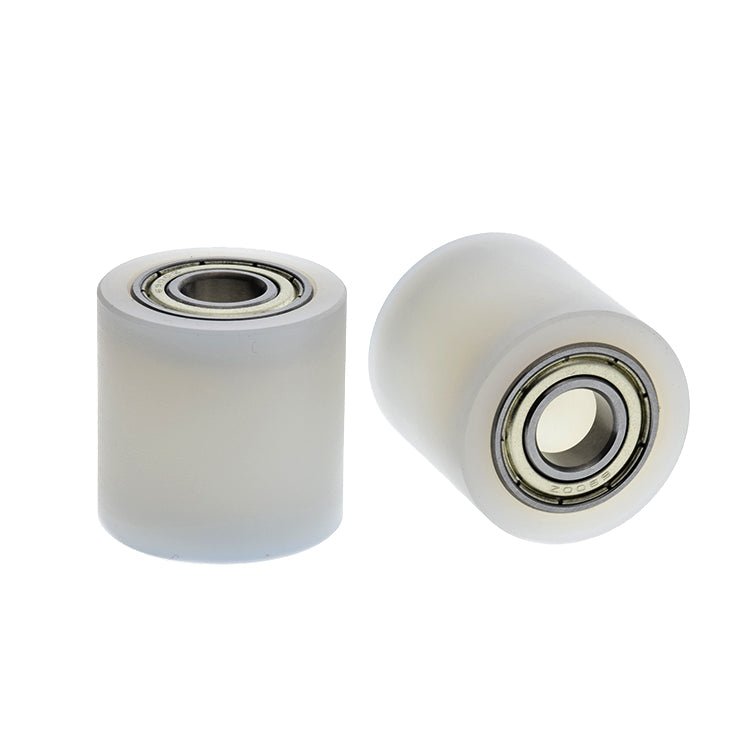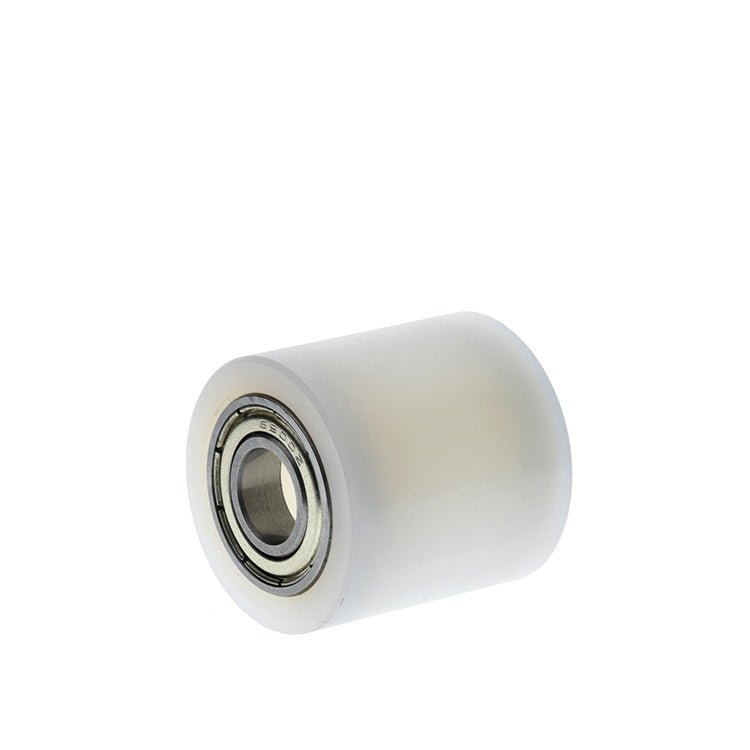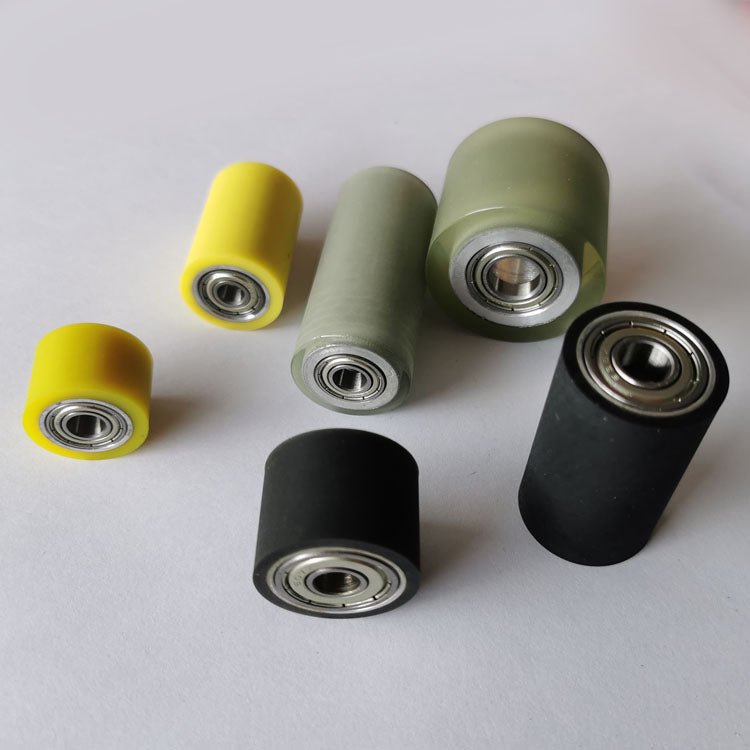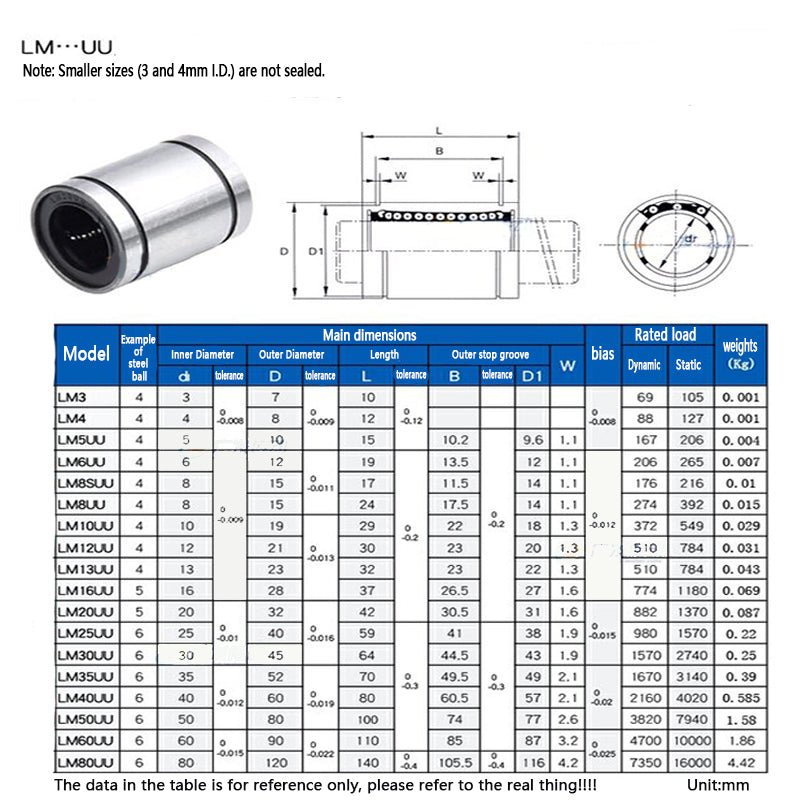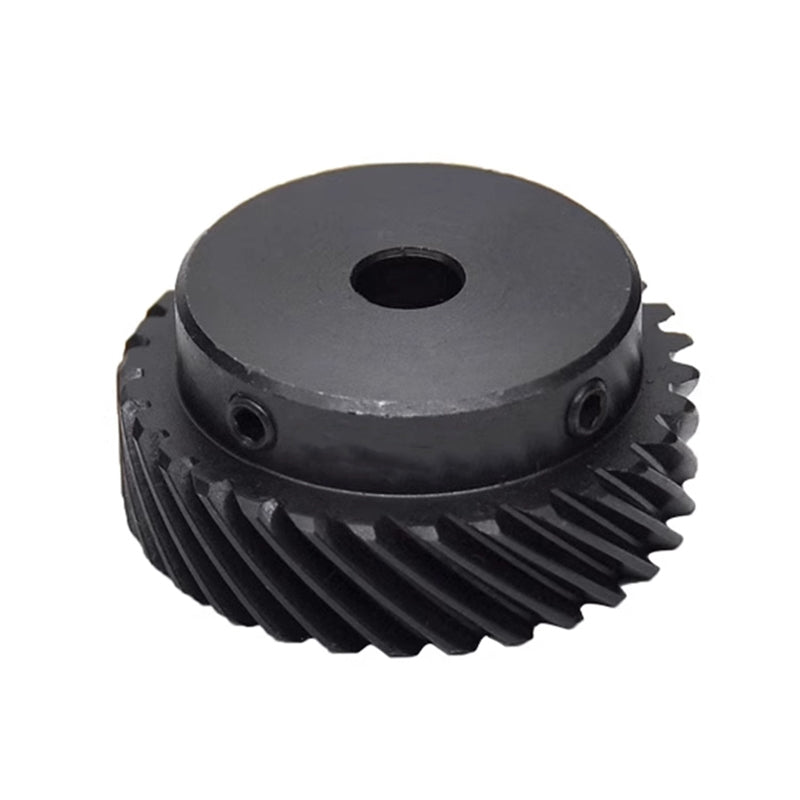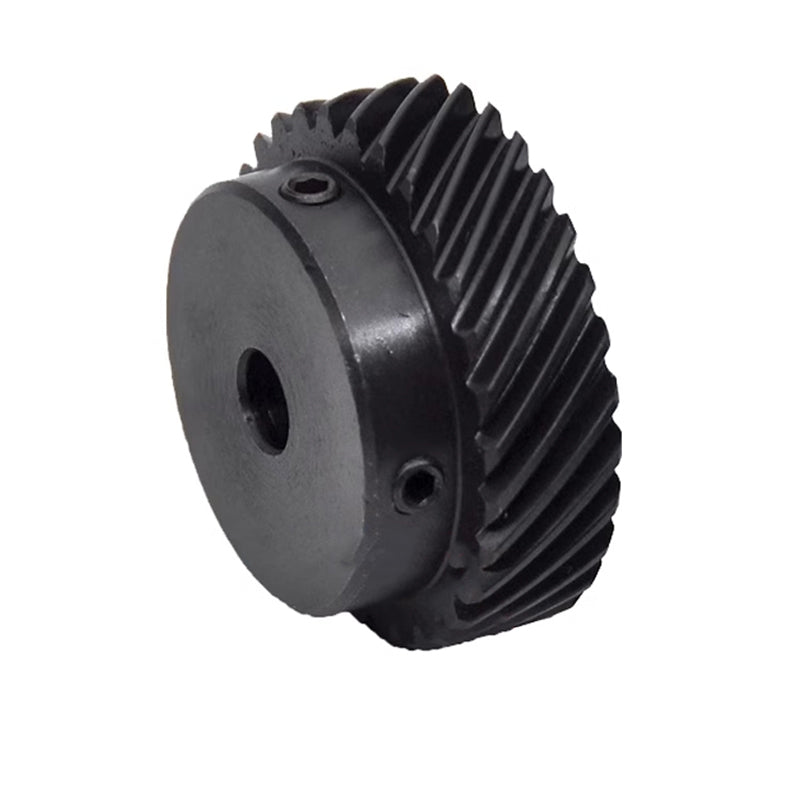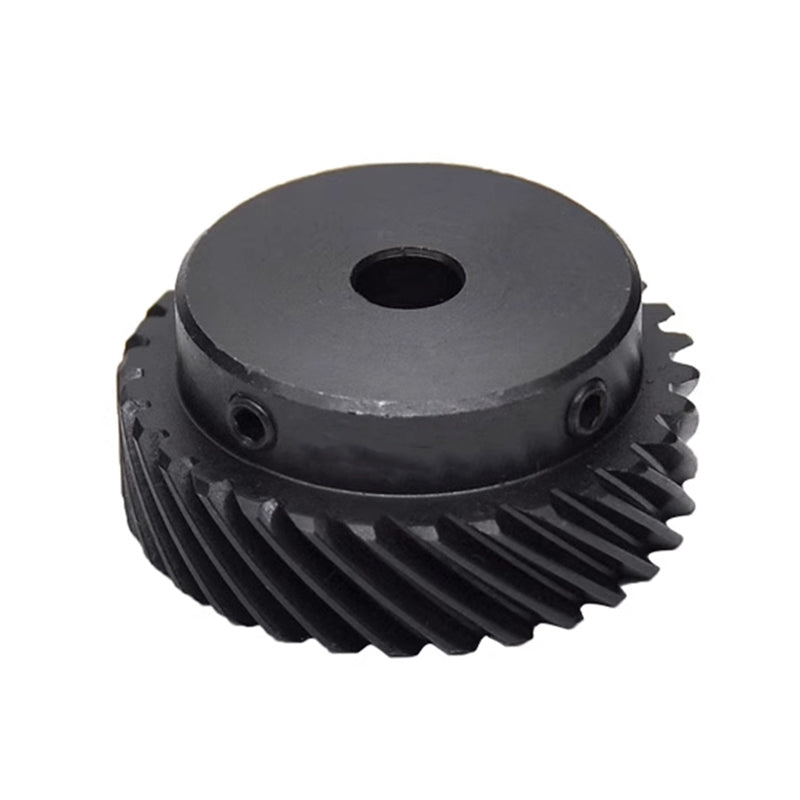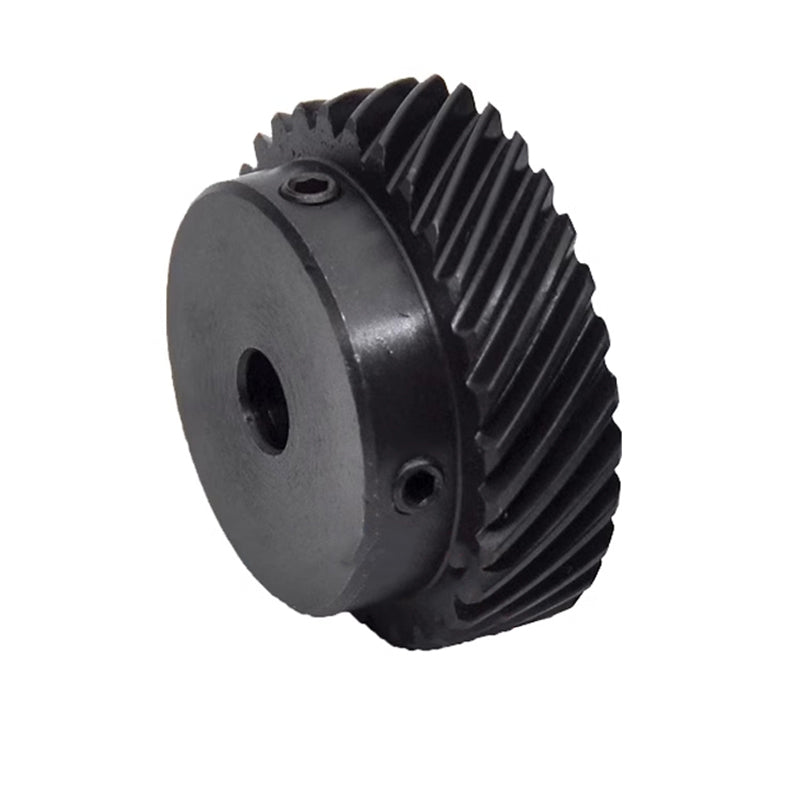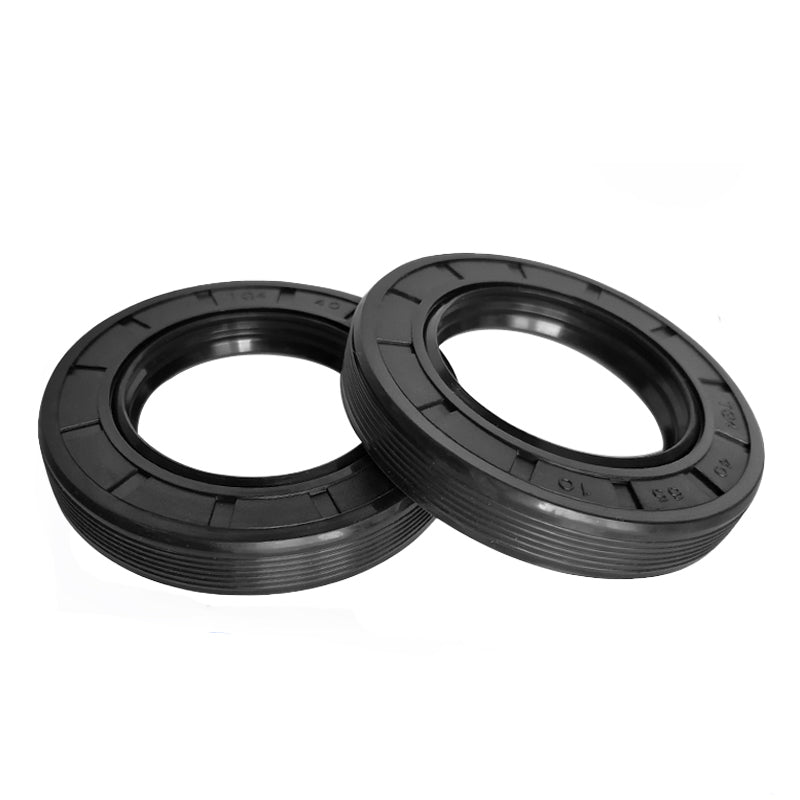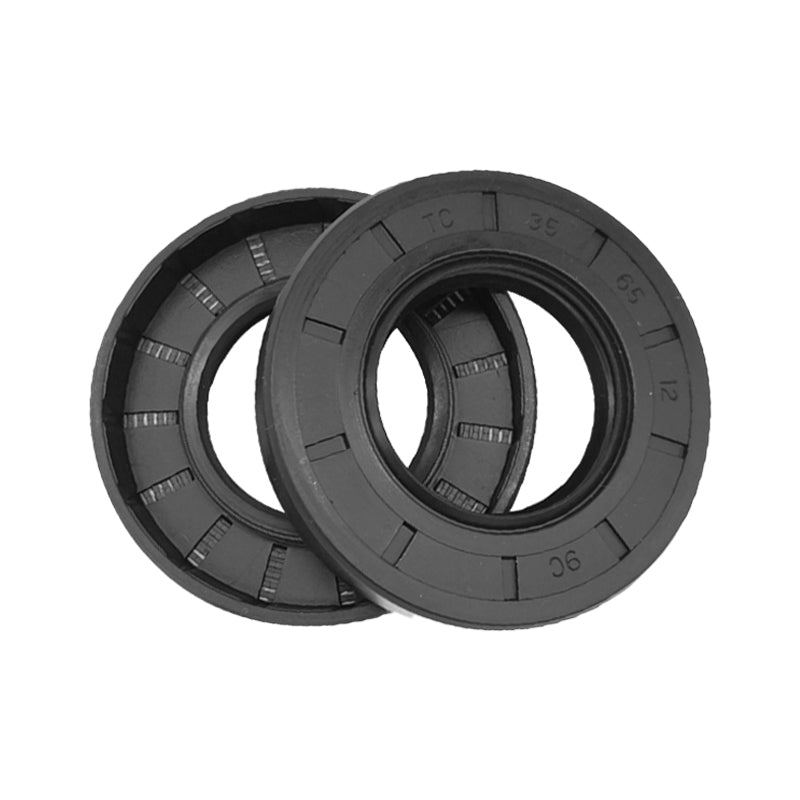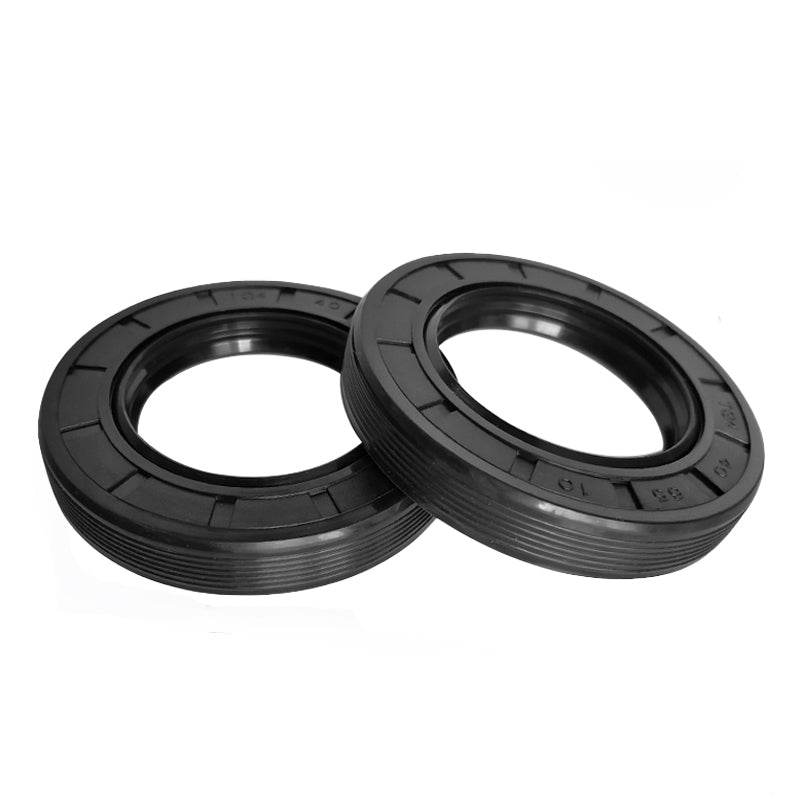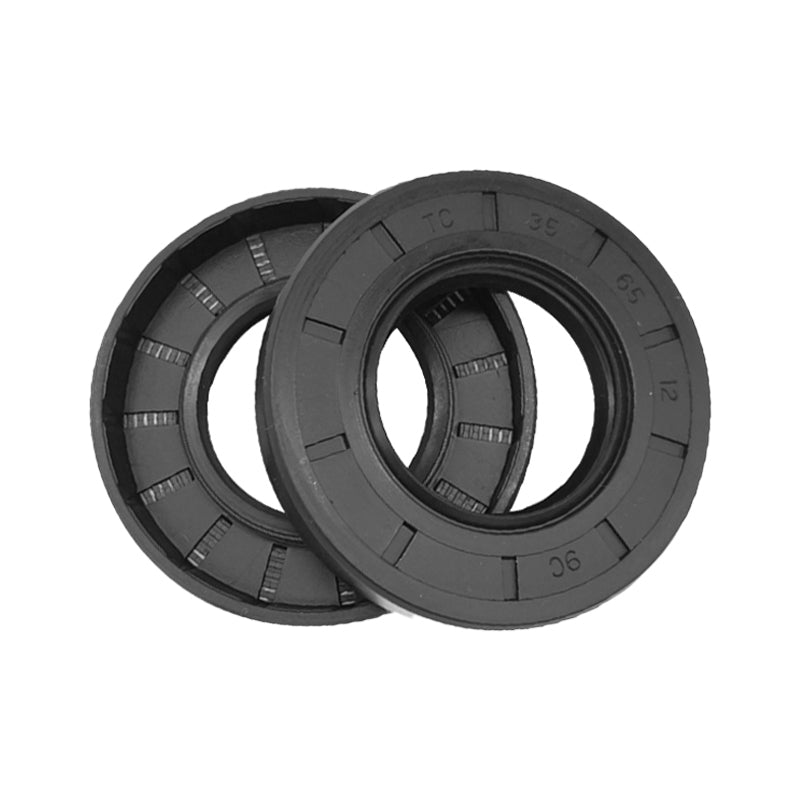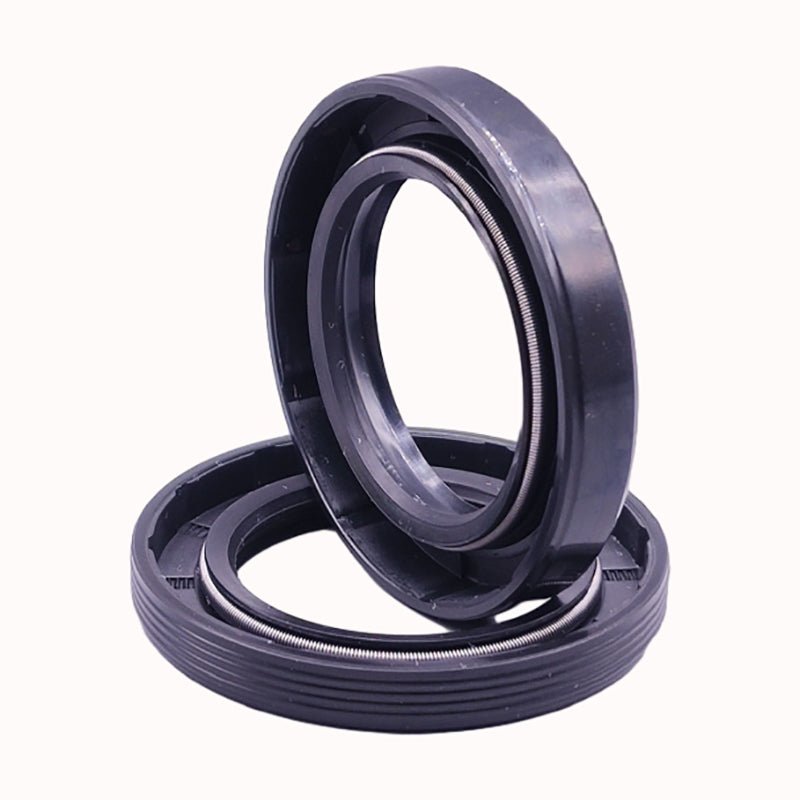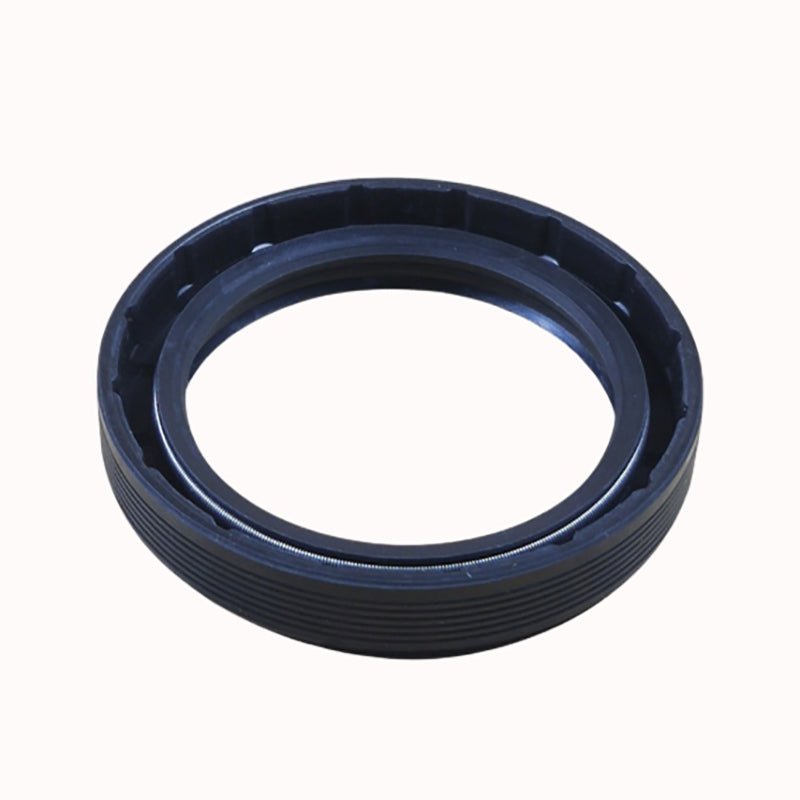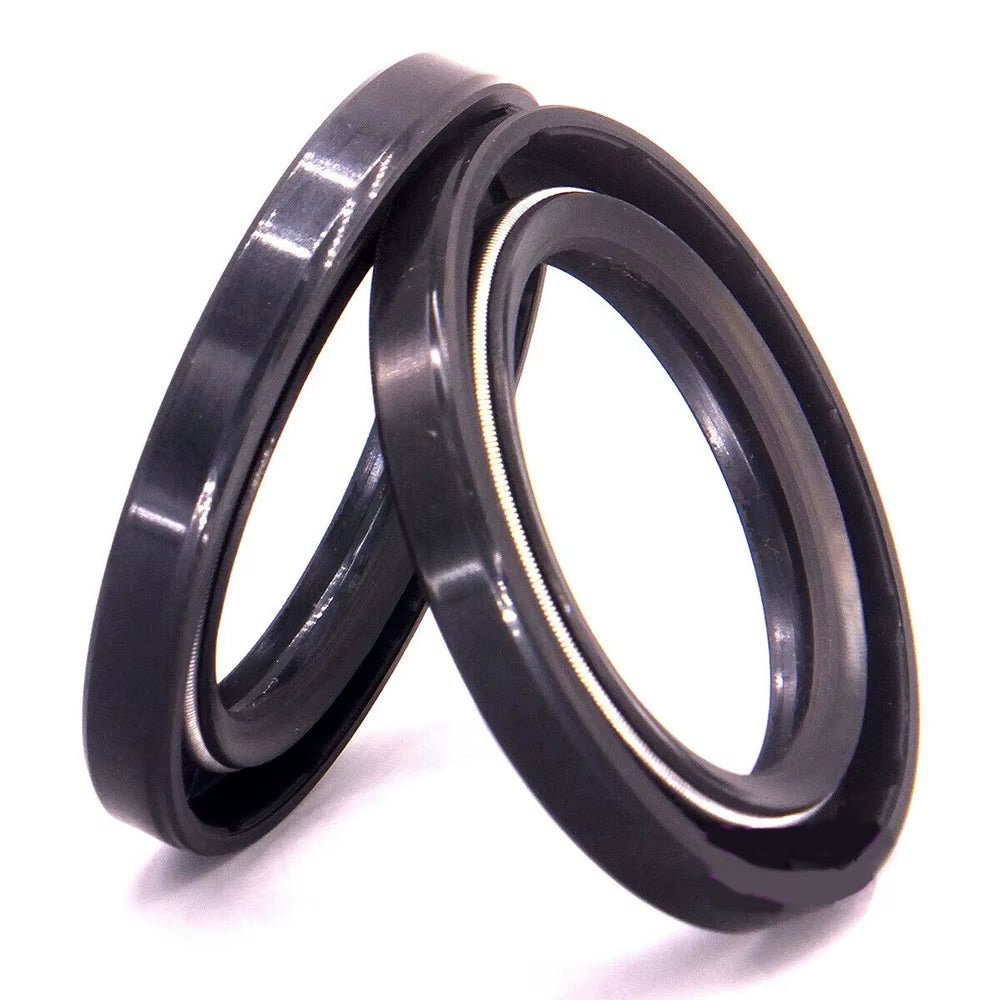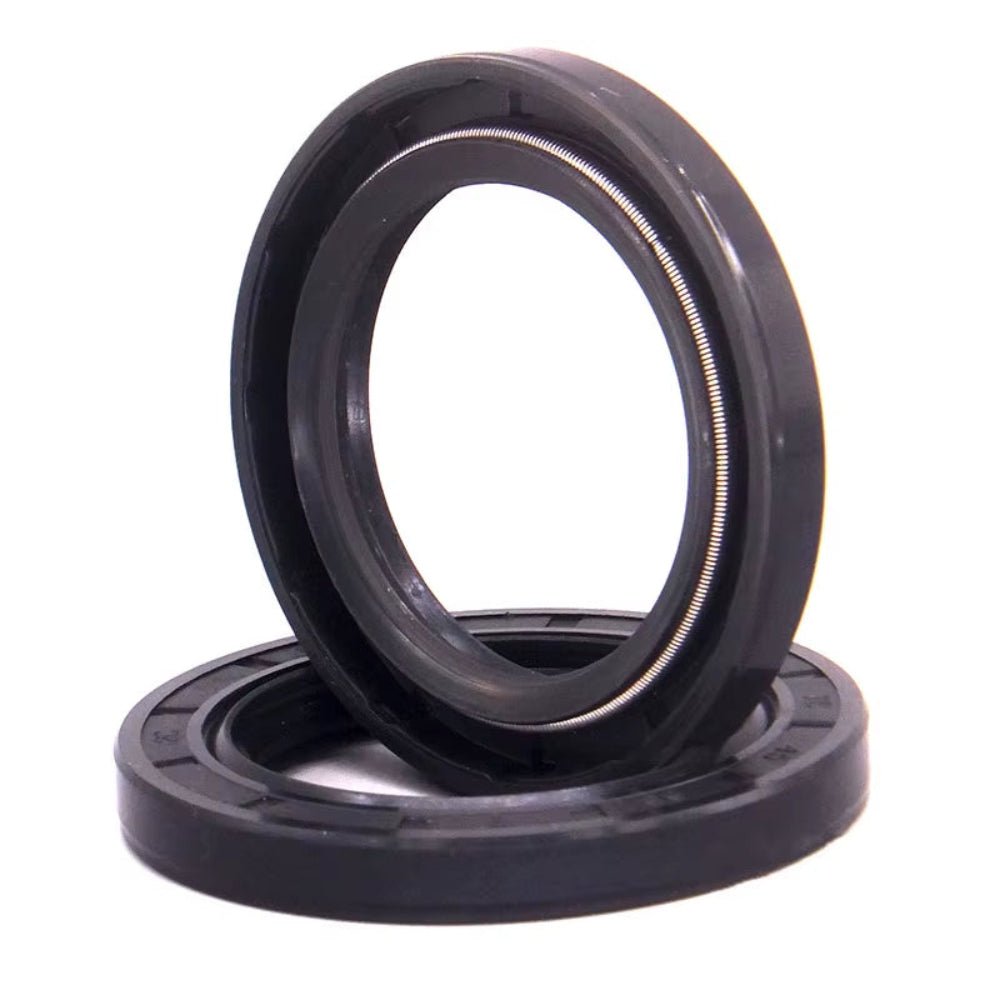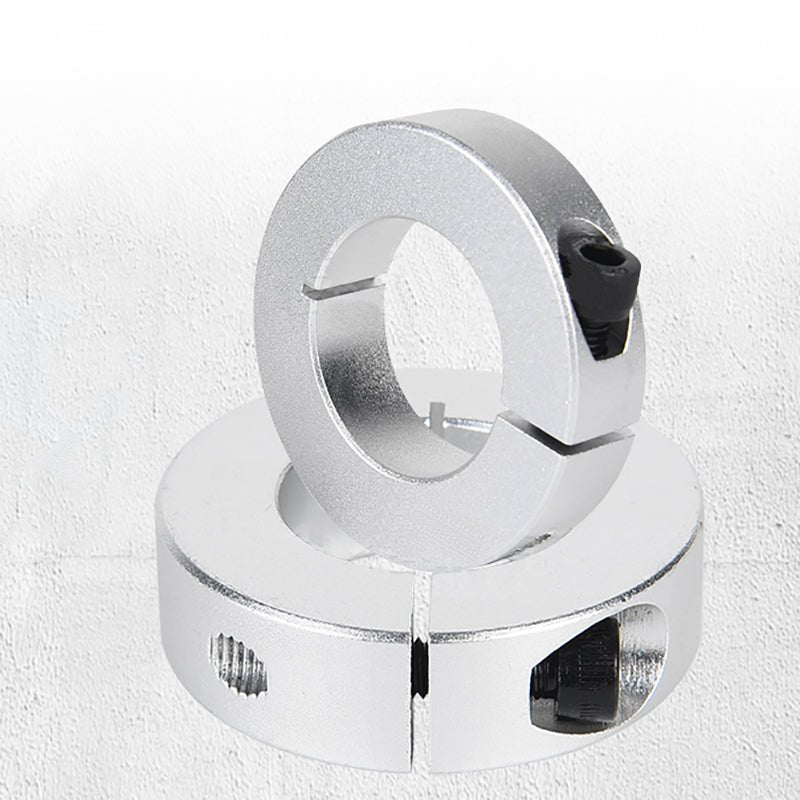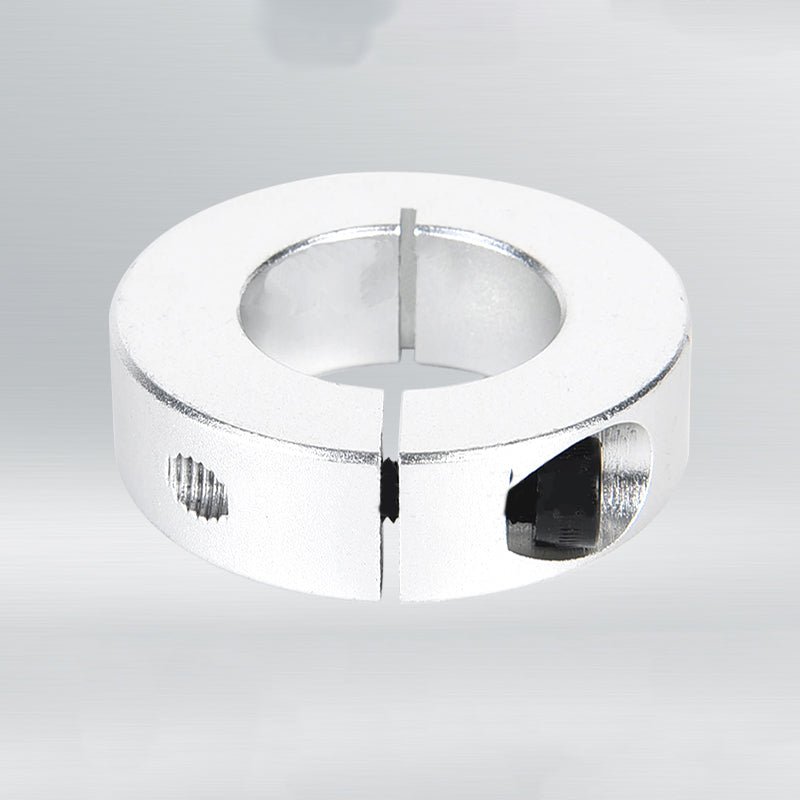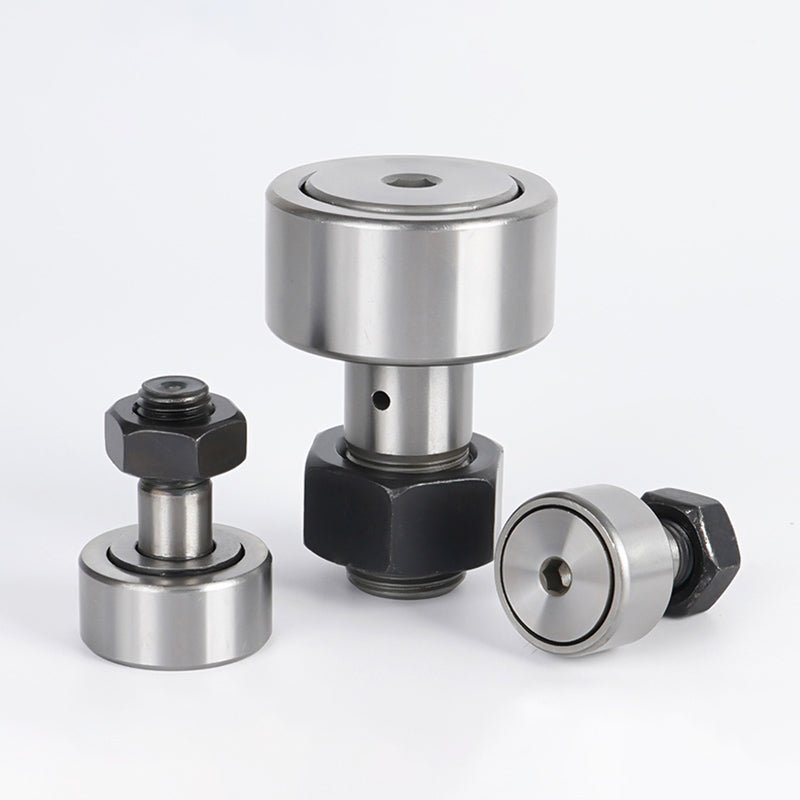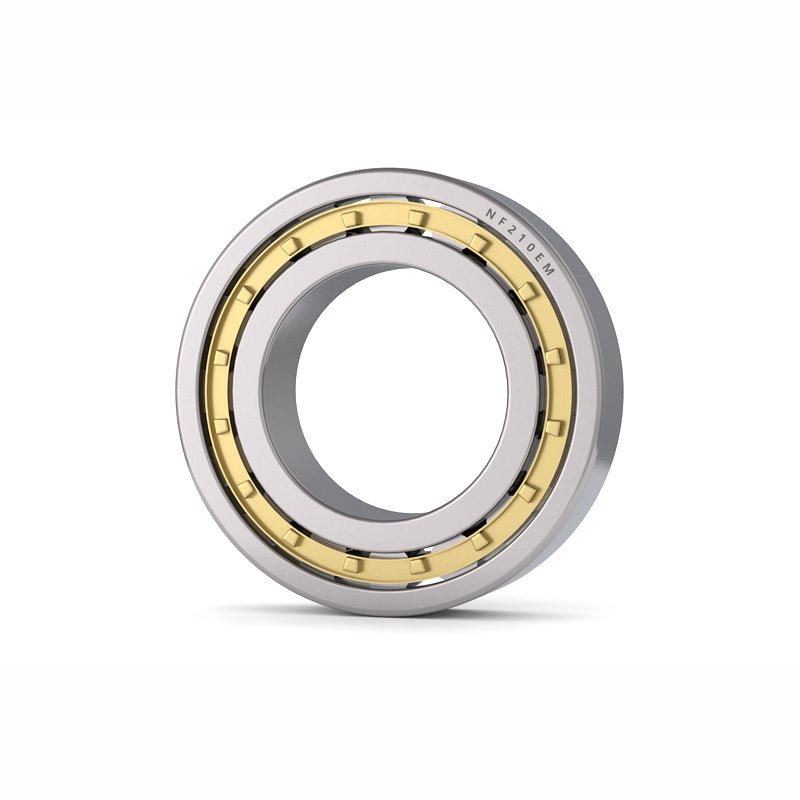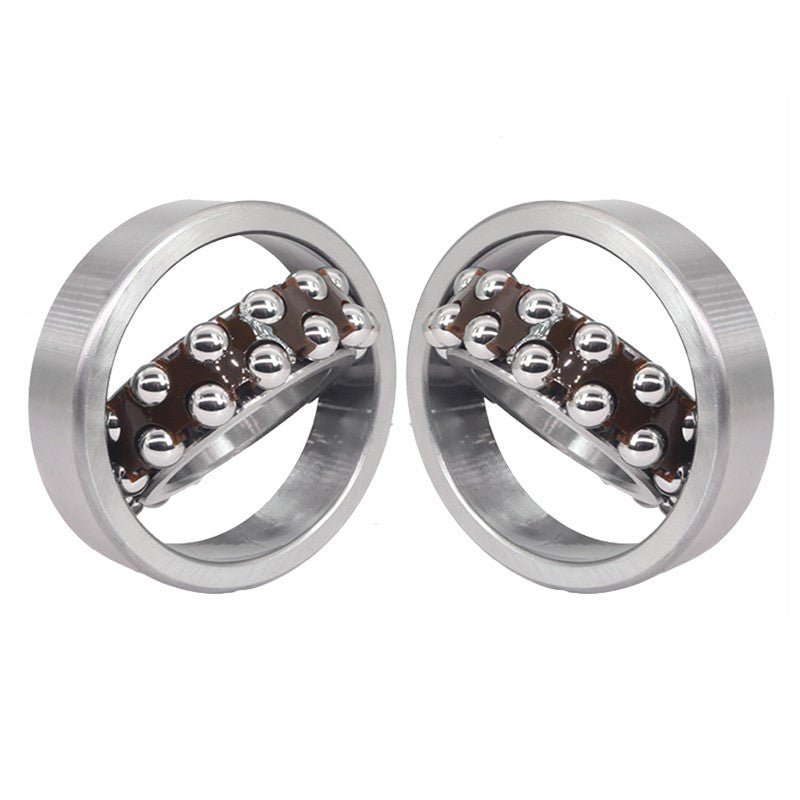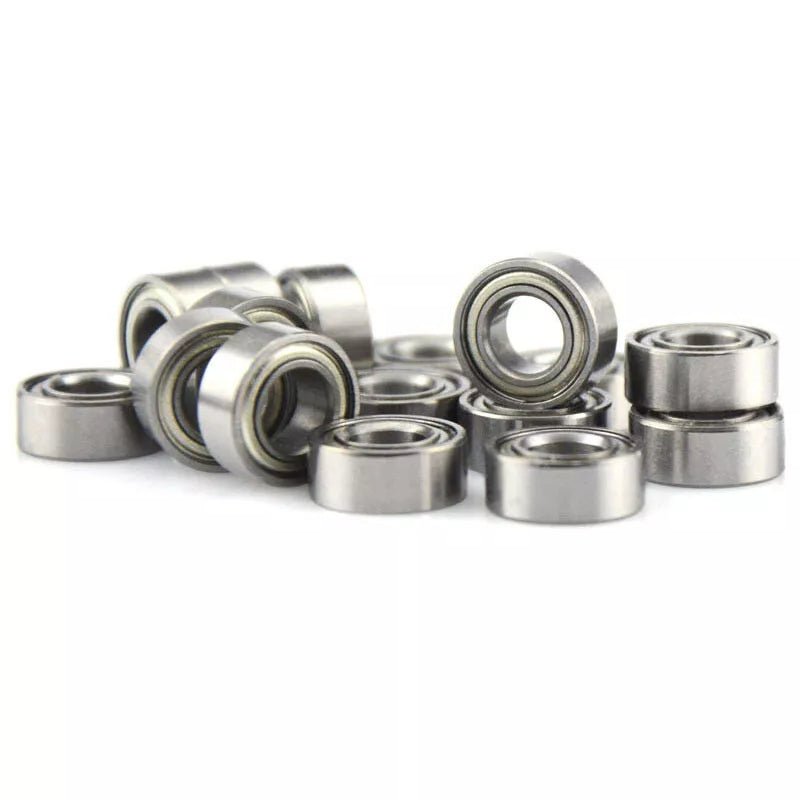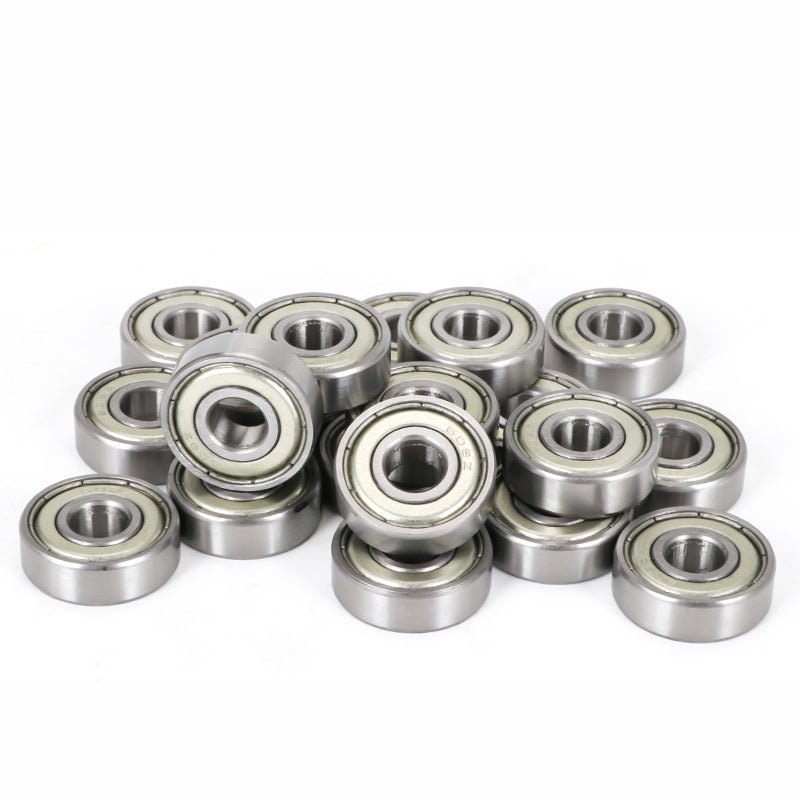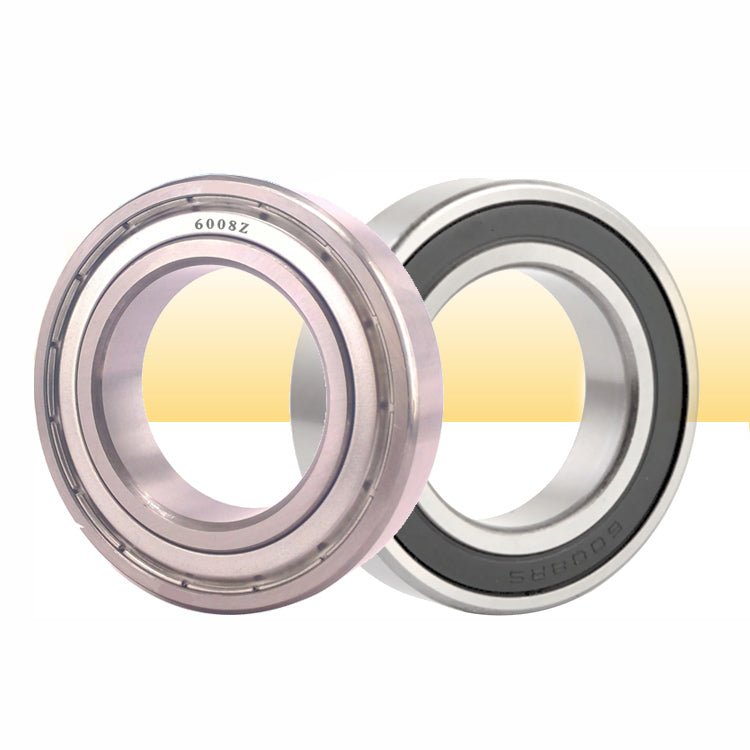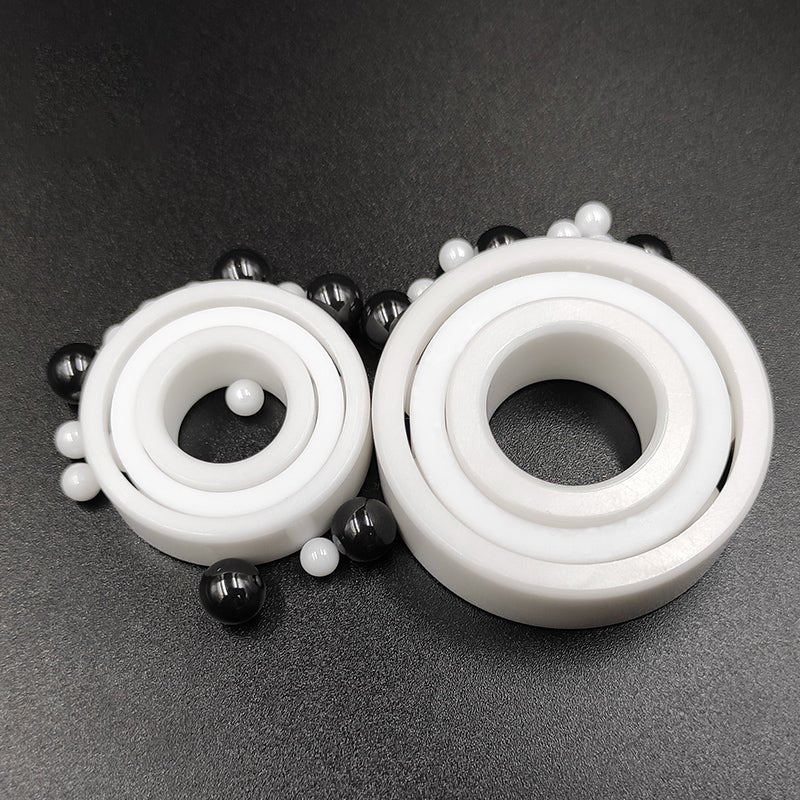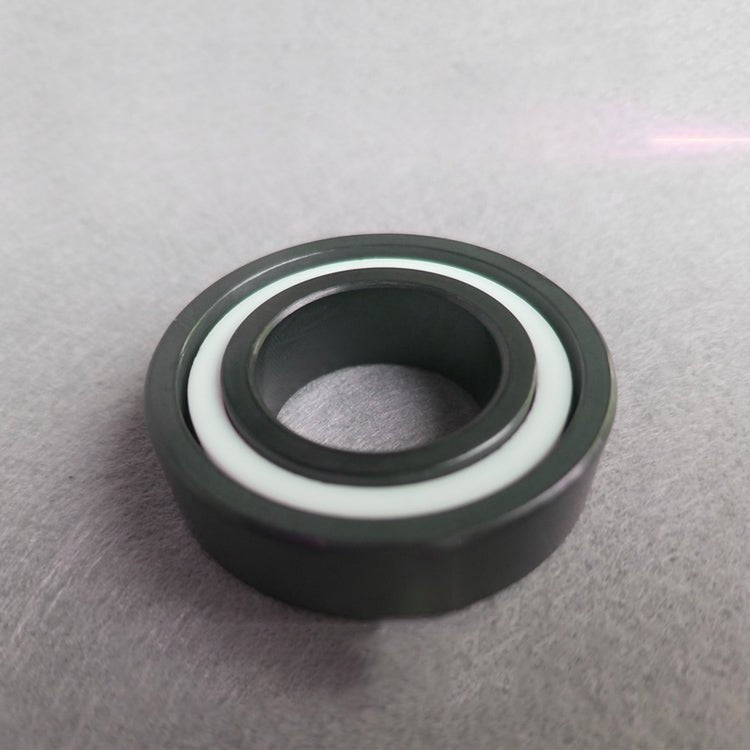1. Why Bearings Matter in Modern Engineering
Bearings reduce friction and enable smooth rotation in everything from car wheels to factory machinery. The term "bearing meaning" spans multiple applications:
- Automotive: Wheel bearings ensure safe, quiet driving.
- Industrial: Ball bearings handle high-speed machinery.
- DIY: Bearing pullers simplify maintenance tasks.
Key Products Highlighted:
- Wheel Bearings: Critical for vehicle safety and performance.
- Ball Bearings: Versatile solutions for motors and tools.
- Bearing Pullers: Essential for removing worn bearings.
2. Wheel Bearings: The Backbone of Vehicle Safety
Wheel bearings (49,500 monthly searches) are vital for smooth rides. Signs of a bad wheel bearing include grinding noises and uneven tire wear.
Maintenance Tips:
- Check Noise: A humming or grinding wheel bearing noise indicates wear.
- Lubrication: Use wheel bearing grease to extend lifespan.
- Replacement: Follow our "how to replace wheel bearing" guide or consult a pro.
Pro Tip: Pair with a hub bearing assembly for easier installation.
3. Ball Bearings: Precision for Industrial and DIY Use
Ball bearings (9,900 searches/month) minimize friction in rotating parts. Common uses include:
- Electric Motors: Ensure efficient power transfer.
- Skateboards/Scooters: Provide smooth rides.
- 3D Printers: Enhance precision in moving parts.
Trending Product: Explore our 608 bearings for small-scale projects.
4. Bearing Pullers: Your DIY Best Friend
Bearing pullers (12,100 searches/month) are must-haves for mechanics. Use them to:
- Remove stuck bearings without damaging shafts.
- Install new bearings with a bearing press kit.
- Save time on wheel bearing replacement tasks.
Did You Know? A harbor freight bearing puller is a budget-friendly option for hobbyists.
5. Industrial Solutions: Heavy-Duty Bearings
For factories and construction, heavy-duty bearings like pillow block bearings (4,400 searches/month) and tapered roller bearings (1,900 searches/month) handle extreme loads.
Applications:
- Conveyor Belts: Use linear bearings for smooth movement.
- Agriculture: Thrust bearings support heavy machinery.
- HVAC Systems: Blower motor bearings ensure airflow efficiency.
6. How to Diagnose Bearing Issues
- Listen: Grinding or squealing sounds signal a bad wheel bearing.
- Inspect: Check for play in hub bearings by shaking the wheel.
- Test: Use a bearing press to assess tightness.
Warning: Ignoring wheel bearing symptoms can lead to wheel detachment!
7. Top Products at HomeDIYer
- ProSeries Wheel Bearing Kit: Includes grease, seals, and a 5-year warranty.
- Industrial Ball Bearing Pack: Stainless steel for corrosion resistance.
- Heavy-Duty Bearing Puller Set: For automotive and machinery repairs.
Customer Favorite: Timken Bearings for unmatched durability.
8. Step-by-Step: Replacing a Wheel Bearing
- Lift the Vehicle: Secure with jack stands.
- Remove the Hub: Use a wheel bearing puller.
- Install New Bearing: Press in with a bearing press tool.
- Reassemble: Apply bearing grease and test drive.
Tools Needed: Bearing puller, torque wrench, grease gun.
9. FAQs
Q: How much does a wheel bearing replacement cost?
A: Typically 150–150–400, depending on labor and parts.
Q: Can I reuse old bearings?
A: No—always replace worn bearings to avoid safety risks.
Q: What’s the difference between ball and roller bearings?
A: Ball bearings handle radial loads; roller bearings manage heavier axial loads.
10. Why Choose HomeDIYer?
- Free Shipping: On orders over $75.
- Expert Support: Chat with our bearing specialists 24/7.
- Lifetime Warranty: On all industrial-grade bearings.
Final Thoughts
Whether you’re tackling a wheel bearing hub assembly replacement or sourcing ball bearings for a robotics project, HomeDIYer delivers precision and reliability. Explore our collection today and keep your machines running smoothly!
CTA: Shop Bearings & Tools → https://homediyer.com/collections/bearings

